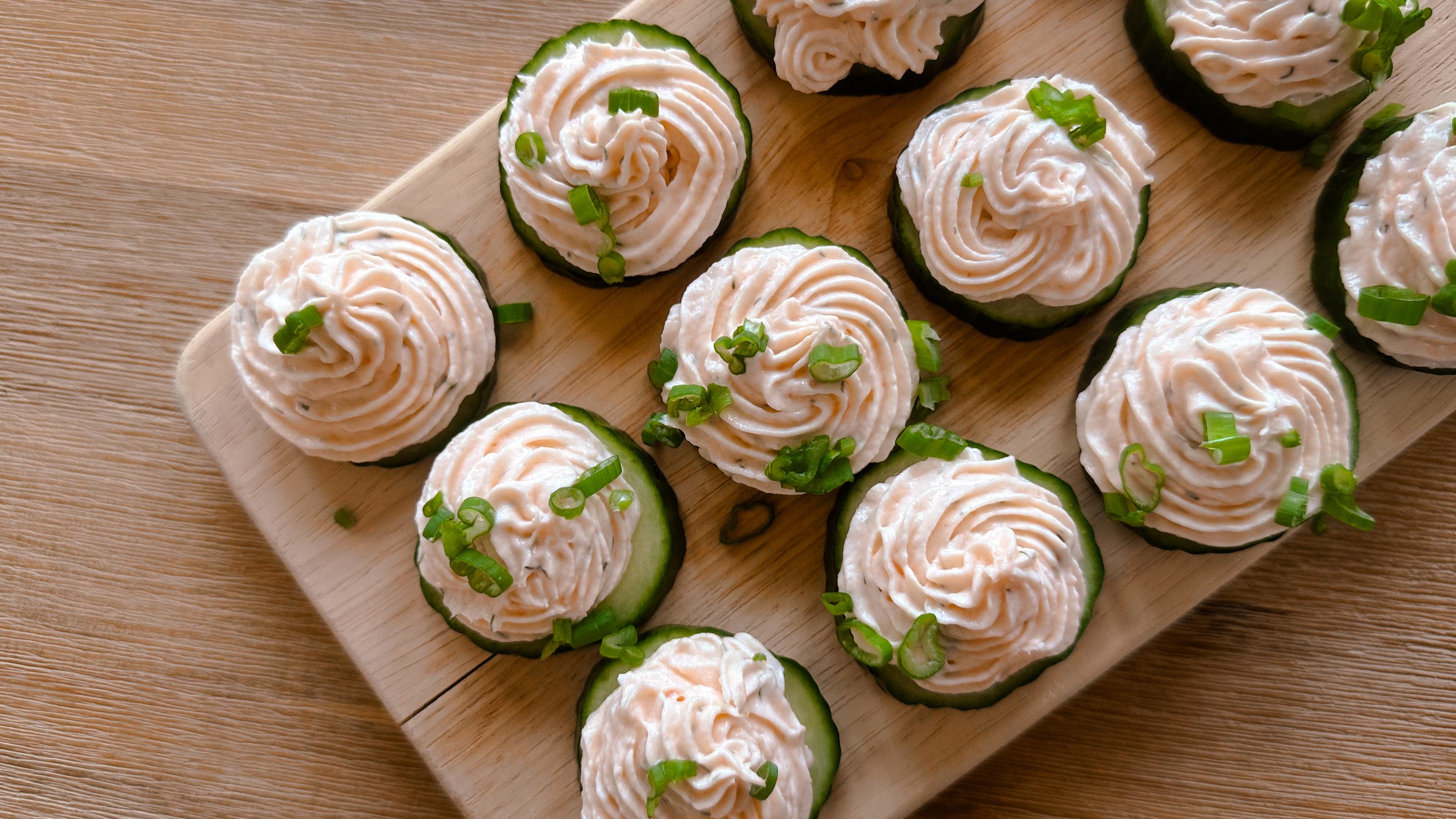Vegetarian Meal Prep Ideas
A Healthier Michigan
| 3 min read

More than 15% of all meat Americans eat is in the form of ultra-processed lunch meats and cured meats, making them the most-consumed type of meat. The World Health Organization deemed processed meats as Group 1 carcinogen linked to increased risk of cancer and Type 2 diabetes, and red meats as a Group 2A probable carcinogen.
Choosing to eat vegetarian meals throughout the week is much easier if you’ve been able to prep meals ahead of time. Here are ideas for flavorful, healthy vegetarian meals and snacks you can prepare, portion and store to eat later.
1. Make large batches of vegetarian soup, curry or chili and freeze portions ahead of time.
Soups, curries, chilis and stews can be frozen and stored for weeks. Portion it out before freezing to make it easier to thaw and enjoy a hearty, healthy meal later. You can use freezer-safe dishes, freezer bags or even dedicated freezer trays designed for freezing soups. Pureed squash, lentils or root vegetable soups or curries, or soups with chunks of veggies and beans like minestrone or Tuscan vegetable soup all freeze and store well.
2. Prepare Mason jar salads to shake and eat later.
Layering all the ingredients to a salad in a glass Mason jar is a fun and convenient way to meal prep salads. Make sure to put the dressing in first, at the bottom of the jars, and store them flat to avoid your salad getting mixed before you want it to. The best order to layer ingredients is dressing first, then chopped veggies or fruit, beans, grains or pasta, then any crumbled ingredients, nuts or seeds. Top these layers off with the fresh chopped greens of your choice. When it’s time for the salad, you can simply shake it to combine all the ingredients and can eat it right out of the jar.
3. Prepare and portion ingredients for “Buddha bowls.”
Buddha bowls are great meal prep options since they are so customizable and require smaller portions of a few different ingredients, so you can make batches and portion them out ahead of time. Start with a grain like quinoa or rice, and include portions of veggies, legumes and a savory sauce to mix and eat later. Classic ingredients include avocado, beans or lentils, roasted chickpeas, corn, fresh vegetables like carrots, broccoli, cauliflower, beets or cabbage. Include a tahini dressing to tie it all together and provide umami.
4. Put your favorite healthy lunch foods into a bento box.
Bento boxes are compact containers to pack portioned, balanced meals that are eaten cold or at room temperature. A classic bento box meal includes a starch, a protein and vegetables or fruit on the side. Rice and noodles are usually used for the starch. For a vegetarian bento box, a tofu scramble, a boiled egg or edamame are great protein options. Include healthy sides like roasted chickpeas, roasted nuts, a corn or quinoa salad, orange slices, grapes or berries to round out a bento box. You can include tahini dip or hummus as well.
5. Make zucchini or corn fritters for healthy snacks.
Zucchini or corn fritters are easy to make a lot of ahead of time and are a crunchy, savory food you can include with a buddha bowl or bento box or eat on its own. Using corn or shredded zucchini, combine the base vegetable with green onions, chickpea flour and seasonings to make a batter. Using a light spray oil or oil that cooks at high heat, such as avocado oil, fry ¼ cup of the batter for 3-5 minutes or until golden brown on each side. These should keep 5-7 days stored in an airtight container in the refrigerator.





